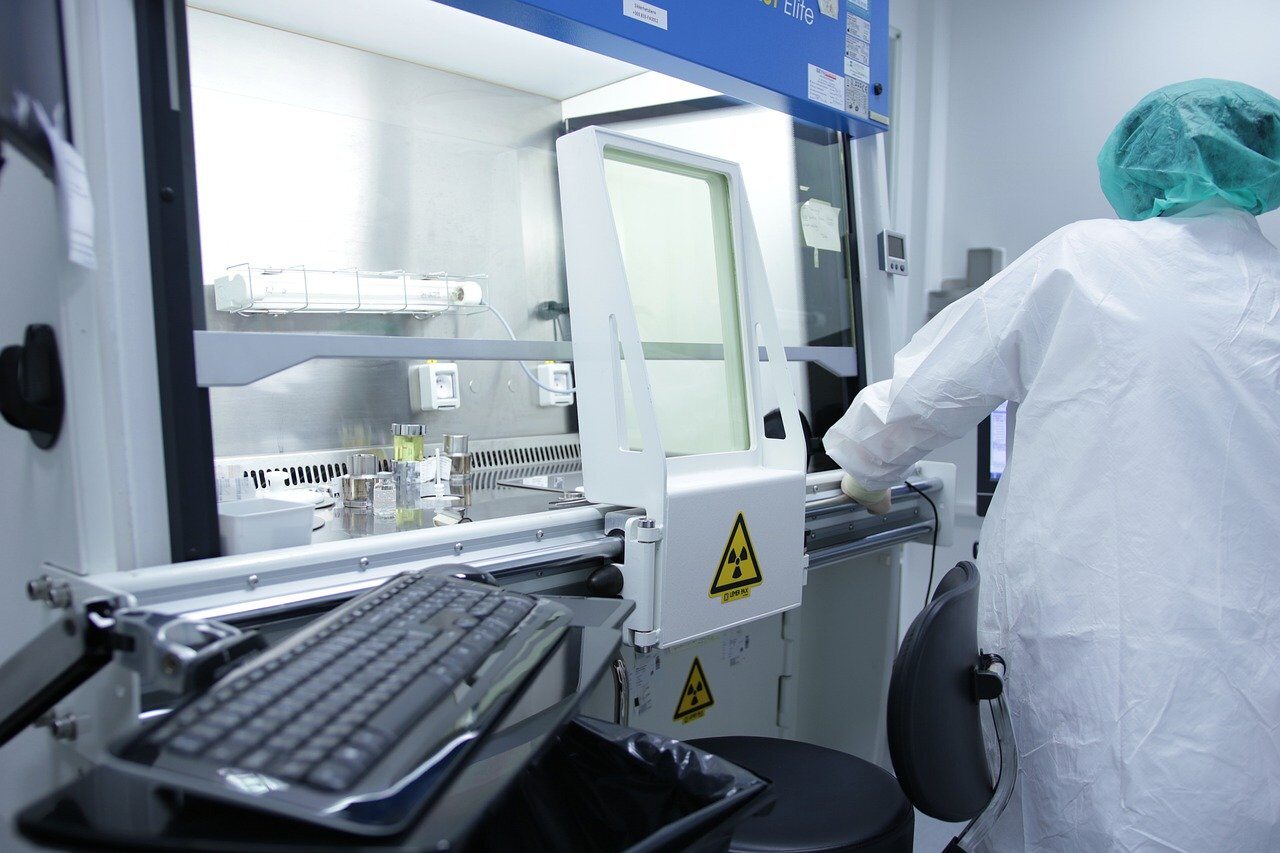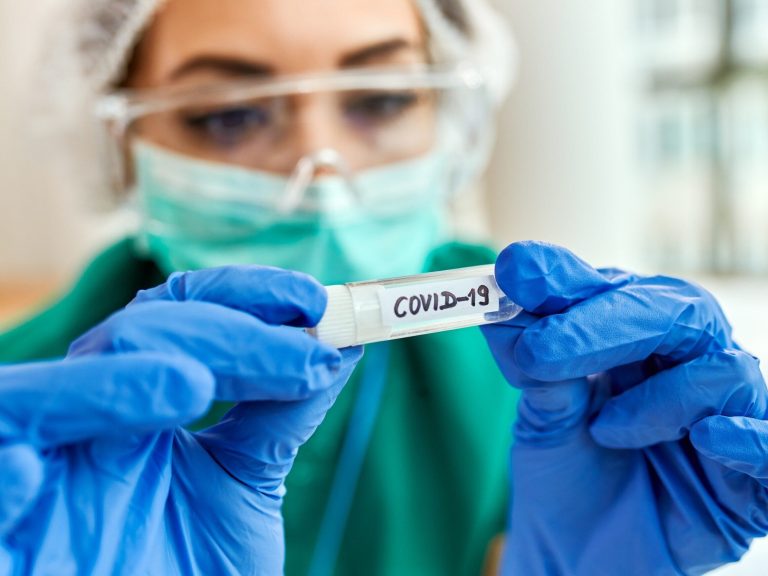A material that purifies the air from toxic compounds was created in Poland

An effective and cheap adsorbent capable of purifying the air from various toxic compounds was developed by scientists led by Prof. Juan Carlos Colmenares from the Institute of Physical Chemistry of the Polish Academy of Sciences. The study was conducted on munitions, but the material could be used in protective uniforms or even to purify water and soil.
The material developed by scientists in the laboratory not only adsorbs toxic vapors from the air, but thanks to its photocatalytic properties it also breaks them into less toxic compounds. It consists of two relatively cheap and easy to obtain substances: titanium dioxide and graphite oxide.
We wanted our invention to be widely available and environmentally friendly – explains Prof. Juan Carlos Colmenares.
The innovation in this case was the use of ultrasound – informs the Institute of Physical Chemistry of the Polish Academy of Sciences in a press release. They forced two ingredients – organic and inorganic – to work together. Graphite oxide captures toxin particles, and titanium dioxide neutralizes them thanks to photocatalysis. Additionally, the use of ultrasound significantly increases the active surface of the new material and introduces defects into it, which significantly increases the effectiveness of neutralizing toxins from the air.
Thanks to ultrasonic waves, we managed to achieve excellent particle dispersion, and the graphite oxide layer tightly covers the titanium dioxide surface – says Prof. Colmenares.
Originally, the material was intended to be used as an additional layer in gas masks for soldiers. It can also be incorporated into textiles to create uniforms that protect soldiers wearing them from gaseous toxins on the battlefield. The capture itself occurs equally well in the light or in the dark, but the neutralization of combat gases requires lighting. The day of the battle would therefore have to be sunny or the uniform would have to have additional LED lighting to activate photocatalysis.
However, although the study was conducted on warfare agents, the potential applications of the invention may be much broader and more peaceful.
For example, uniforms could be sewn to protect factory workers from toxic fumes. – Milligram amounts would be enough for one suit, as long as they were evenly dispersed in the material – adds Prof. Colmenares.
The invention is to be ecological at every stage
Scientists would also have to find a way to bond their nanomaterial to the carrier more permanently, because clothes need to be washed, and it is known that almost 35 percent microplastics in the environment come from washed synthetics.
We don’t want our invention to end up in rivers and seas. We want it to be ecological at every stage, not only when dealing with toxins, the professor notes.
Fortunately, the co-authors of this work, Dr. Dimitrios A. Giannakoudakis and other team members have already shown that thanks to sonification, i.e. the action of ultrasound, the active substance can be easily permanently combined with both cotton and artificial fiber.
With appropriate modification, the technology described in the Chemical Engineering Journal could be used not only to purify air, but also water and soil.
We haven’t explored these possibilities yet, but success depends largely on whether we can safely deposit our nanomaterial onto potential carriers. After all, when purifying water, e.g. from phenol, we would not want to “enrich it” with our oxides, although in theory neither TiO2 nor graphite oxide are toxic to humans – explains the scientist.
If this obstacle could be removed, the possibilities would become virtually limitless. The new material could purify sewage from paper mills and coking plants, and even neutralize chemicals from World War II lying at the bottom of the Baltic Sea. – For now, we are targeting sewage treatment plants – says the professor. – Photocatalysis and nanocomposites can work where the environment is too toxic for microbes – he adds.
The biggest challenge would be soil photocatalysis, but with proper mixing, aeration, exposure and the right photocatalyst, developed e.g. only for the decomposition of herbicides or pesticides, even this can be easily imagined.
The study was conducted with the support of the OPUS-13 and Miniatura 2 projects of the National Science Center.






